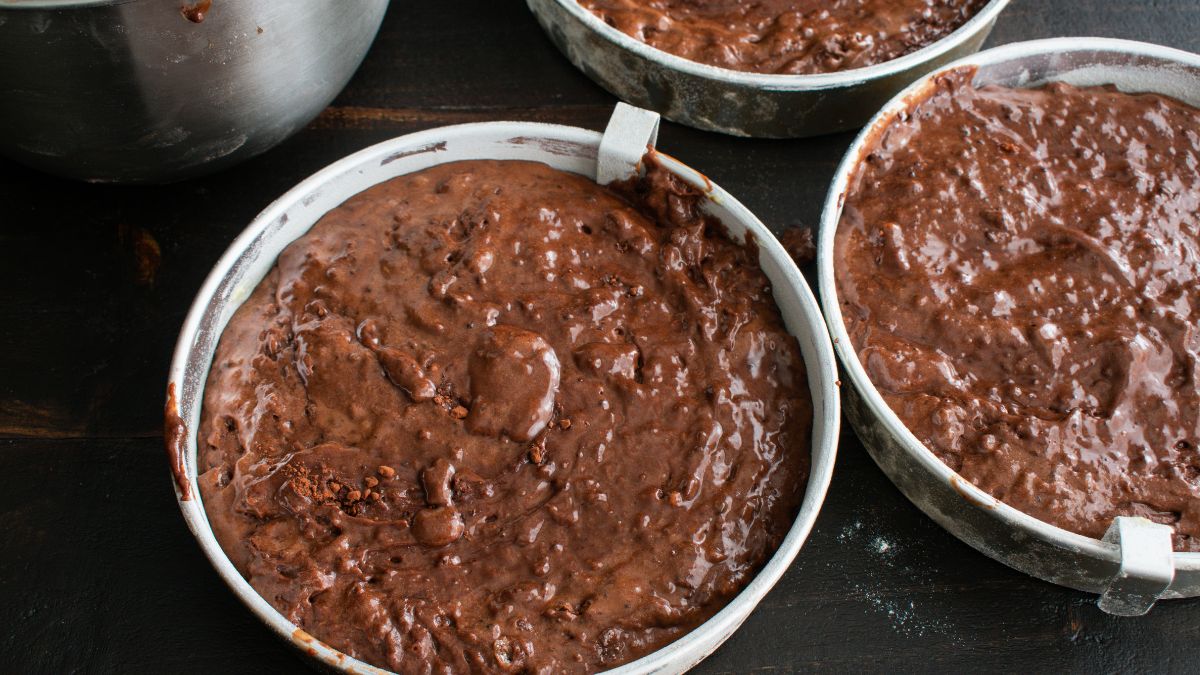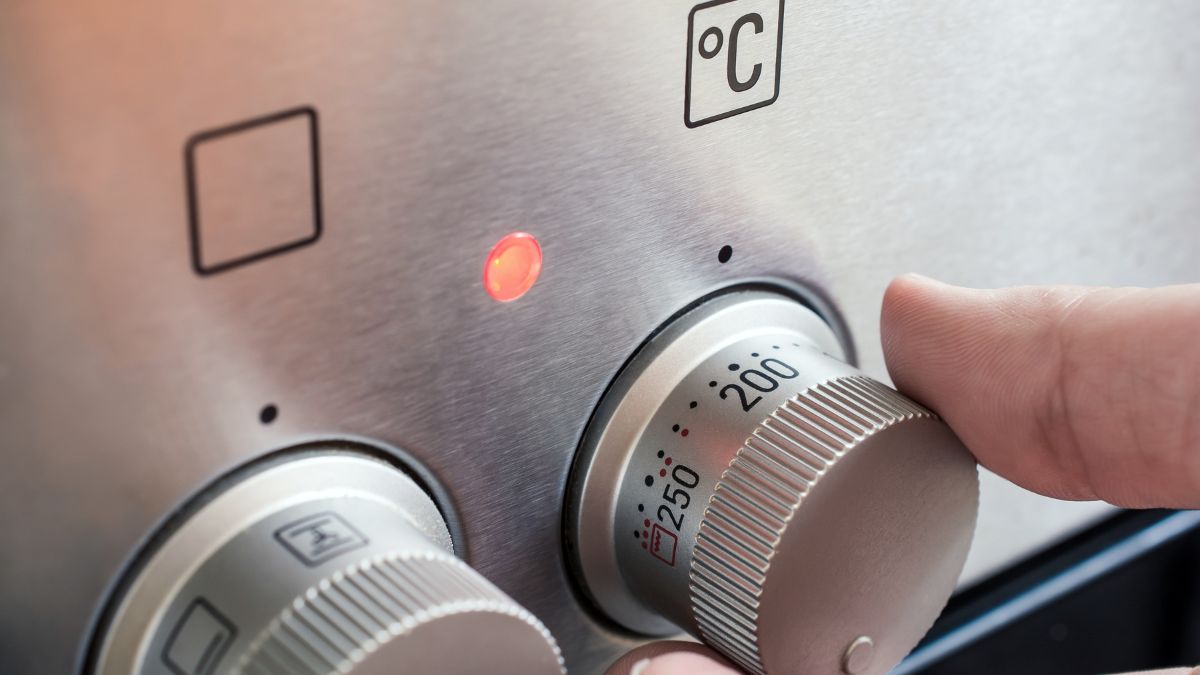Baking Cakes in Aluminum Pans: Everything You Need to Know

You don’t have to be a professional baker to find aluminum pans easier to bake with. I prefer aluminum pans over regular baking pans because they are lighter in weight, easier to clean and store, easy to handle, and generally much more user-friendly than regular pans. Still, you need to be careful in some aspects because they need some adjustments.
Since I am a huge fan of simplicity, I always seek new ways to simplify my cooking while not risking the quality of the dish. I am happy to report that aluminum baking pans create excellent baked goods, and in this article, I will share my wisdom with you and tell you everything you need to know when using them.
Do You Need to Adjust Baking Time when Baking Cake in an Aluminum Pan?
It’s likely, yes. Aluminum pans, known for their excellent heat conductivity, can transfer heat to your baking goods more quickly than many regular pans. This efficiency often means that your food could bake faster, though this isn’t always the case.
When using an aluminum baking pan, it’s wise to consider reducing the baking time, especially until you familiarize yourself with its performance. If it’s your first time using an aluminum pan, keep a close eye on your baking to figure out the needed adjustments.
To prevent your baked goods from burning, it’s a good practice to start checking earlier than usual. For instance, if the recommended baking time is 30 minutes, a first check around the 20-minute mark can help you gauge how much longer your cake might need.
Employ the reliable old toothpick method to check doneness. Insert a toothpick in the cake; if it comes out clean, your baked good is done. If dough is stuck on it, it requires more time in the oven.
Watch the cake closely and monitor its changes in appearance. When the cake turns golden and seems done, it’s ready to come out of the oven.
What Is the Max Baking Temperature for Aluminum Pans?

Most aluminum pans can typically handle up to 450 °F (230 °C), but this can vary significantly based on design, thickness, and any specific coatings used. It’s crucial to refer to the manufacturer’s instructions for the maximum temperature your specific pan can handle before using it for the first time.
Do You Need to Adjust the Temperature?
Aluminum pans simplify baking, requiring fewer adjustments in many cases. However, the need for temperature adjustments can depend on the characteristics of your specific pan. Examining your pan’s thickness and how the batter sits in it can guide you on whether to slightly increase or decrease the oven temperature. Just ensure any temperature adjustments are moderate, generally staying within 10 degrees of the recommended setting.
Other Tips for Baking Cakes in Aluminum Pans
To use aluminum pans successfully, you don’t need to make any significant adjustments, and you can only do what you would usually do with a regular pan. Still, if you are new to baking or you are a bit rusty, here are some tips that will make your aluminum pan use easier.
Although your cake sticking to your aluminum pan isn’t as tragic as it sticking to a regular pan, it is still best to avoid it. Always grease up your pan, and never place the cake batter onto a dry pan bottom. In addition to the bottom, it is even better to grease up the pan walls or even layer it with parchment paper.
Avoid overcrowding the oven. If you want to bake several cakes at the same time, make sure your oven isn’t overcrowded and divide the cakes so that there is enough space for them to bake.
Use the correct pan sizes for the batter in question. Don’t use pans that are too large or too narrow, but make sure you always use the right size for your cake.
Never try to remove your cake from the pan before it has cooled down sufficiently, as you risk ruining your dessert at the last minute. Always use oven mitts when handling aluminum pans, and never try to wash them while they are still hot or even warm.
